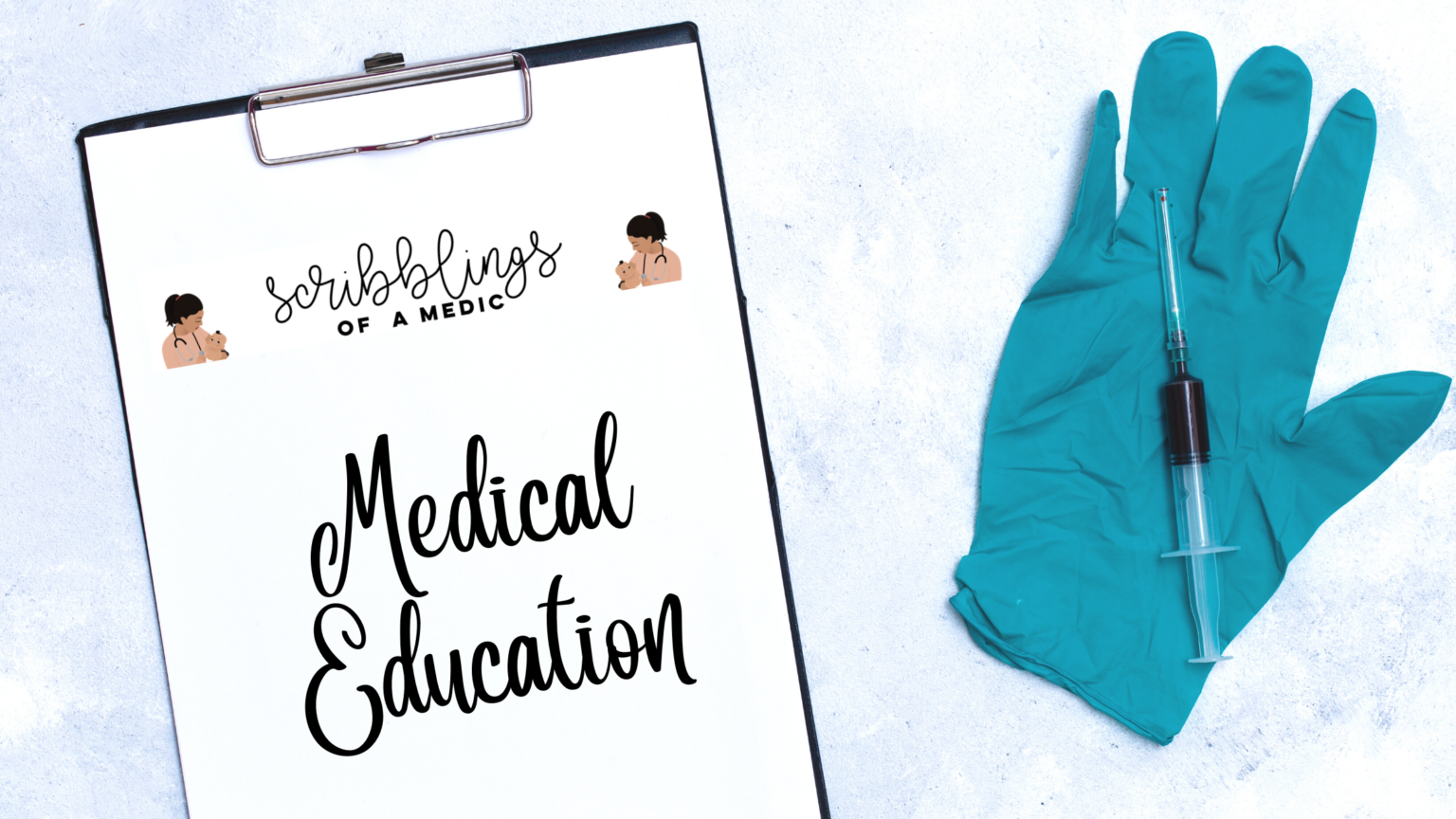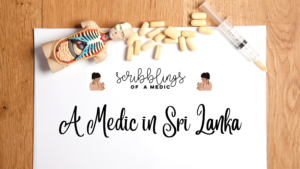The neonatal examination is one of those medical examinations that will have you stumped if you don’t do it routinely. As a medical student I would hate having to practice it, primarily because I didn’t have that much experience with neonates.
Working in a NICU, I now do a neonatal examination at least 20 times a day at work and so I have become pretty well verse in doing handling and checking neonates. It literally will not take you longer than 7 minutes to do. What I think most students find challenging is actually handling the neonate – for this no amount of reading is going to do the trick you need some hands on experience. The best would obviously be to go and physically get some work experience in a post natal ward, but if that’s not possible then bombard any relative who has a baby – desperate times, desperate measures.
So let’s get right into it.
BEFORE YOU TOUCH THE BABY –
- Get consent
- Ask the mother to undress the baby (tell the nurses to off the fans and ensure adequate lighting)
- Also ask the mother about urine and bowel output and feeding
- Wash your hands
Inspection & auscultation
- Check the colour of the babe – pink, jaundice
- Observe the tone – normal, floppy (Down’s)
- Observe the breathing – calculate respiratory rate, look for any distress
- Auscultate the heart sounds and calculate an approximate rate if possible – IF THE BABY IS NOT CRYING (auscultating for murmurs can be done at any time that the baby is quiet).
Examination (Palpation)
Start from the head and move downwards covering each system adequately (I skip a few parts of the body and come back to them).
Head –
- Check fontanelles – normally more than 1 finger breadth and less than 3 (Small and wide anterior fontanelles require review). Also check the posterior fontanelle and for any AF-PF communication which will require review)
- Check baby’s eyes (for discharge, cataracts) and ears (pre-auricular skin tags are very common and can be associated with renal abnormalities and hence some institutions will do an ultrasound scan abdomen)
- Look for any other obvious abnormalities such as caput or cephalohaemotoma or port wine stains.
I skip the mouth at this point and come back to it at the end.
Chest & Abdomen –
- Look for any obvious chest or nipple deformities.
- Quick palpation of the abdomen for distension
- Check the umbilical cord for any discharge or periumbilical erythema
Hands, Perineum & Legs –
- Check brachial and femoral pulse
- Check hands and legs (must check for number of fingers and toes and also for peripheral cyanosis)
- Check for hip dysplasia (Ortalani and Barlow)
- Check genitalia (palpate both testes or check labia) and for urethral opening
- Check anus patent
At this point it is most likely that the baby will be crying once you check the hips so now is a good time to check the mouth.
Oral cavity
- Check the mouth for cleft palates (cleft lips are much more obvious), neonatal teeth and for tongue ties.
I now turn the baby onto his/her side to check the spine
Spine
- I generally palpate the spine of the baby starting from the posterior fontanelle and down to the sacral cleft – look for any sacral pit or signs of spina bifida.
Additionally all neonates must be checked for:
- red reflex checked
- 4 limb saturations
- OFC (usually already measured at birth)
- If the tone is abnormal – check moro’s reflex
On completion don’t forget to check thank the mother (you can offer to re-dress the baby if it’s an examination). In the Sri Lankan examination set up you don’t really have much time to question the mother about her pregnancy and delivery, but I would do it if I have any queries. In the UK, the neonatal check is referred to as the Newborn Infant Physical Examination (NIPE) and like in Sri Lanka is done for every new born infant prior to discharge.
For junior doctors – plotting a mother-baby chart as shown below for every baby will also make your ward rounds easy as all the essential information is listed.
| Mother | Baby |
| Age | Date of birth |
| Parity | Time of birth |
| Blood group | Birth weight |
| POA (weeks) | Head circumference |
| Mode of delivery | IM Vit K given? |
| Risk factors | APGAR |
Below is an example of a completed mother-baby chart.
| Mother | Baby |
| 27 years | 5/11/2018 |
| G2P2C2 | 05:25 a.m. |
| O positive | 2.8 kgs |
| 37 weeks | 34 cm |
| Normal vaginal delivery | IM Vit K given |
| RF – nil | 10/10/10 |
I have attached a simplified Neonatal examination checklist that may help you when it comes to revision, but OSCE stop and geeky medics also have really good check lists (click the links).
A few common variants include erythema toxicum and mongolian blue spots which are normal.
During the examination, the abnormalities will stand out so it is very easy – just make sure your eyes are wide open!
If the baby cries and you need to listen to the heart sounds, ask the mother to feed the baby from her left breast. Once settled, let the baby keep feeding whilst you auscultate the heart sounds (remember you need to differentiate the sound from the sound of feeding – might make it a little more difficult).
All neonates in Sri Lanka will be discharged with a CHDR (child health development record) – pink for girls and blue for boys. The CHDR is very useful, it contains weight and height chart for the babies, vaccination records and useful information for the parents on feeding and developmental milestones.
Hand-washing is a definite must when it comes to neonates – no excuse for forgetting!





